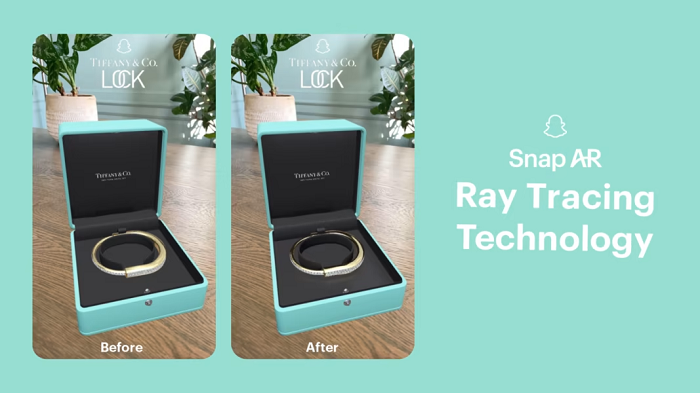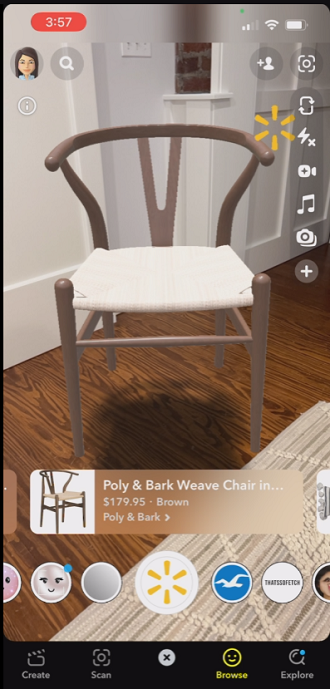Snapchat is taking its AR activations to the next level, with the addition of ray tracing in its Lens Studio, which enhances the realism of AR experiences by simulating reflected light on digital objects.

It’s fairly subtle in this example, but ray tracing re-creates light effects within digital images, and shifts as you move virtual objects, which looks much more life-like, and can be a much more engaging experience.
Here’s an example of ray tracing in video games:
The enhanced reflections make it feel more real, which can have big benefits in showcasing specific items or objects, which could be particularly beneficial for Snap’s efforts in providing more realistic product examples within its AR promotions.
Snap’s been working to integrate more eCommerce functionality, via Bitmoji clothing and through advanced AR activations, like realistic furniture placement.

Ray tracing will enhance this capacity even further, and provide more ways for Snap to showcase its virtual try on tools and options, across a broader range of products.
Snap says that Tiffany & Co is the first brand to leverage its new ray tracing features with its new Tiffany Lock Lens.
“This Lens allows you to try-on Tiffany Lock bracelets using AR, and when you’re ready, purchase without leaving the app.”
You can check it out by scanning this Snapcode in the app.

It’s an interesting addition, and with 72% of Snap’s user base engaging with AR elements in the app every day, it’ll provide more opportunity to build engaging, effective promotions.



